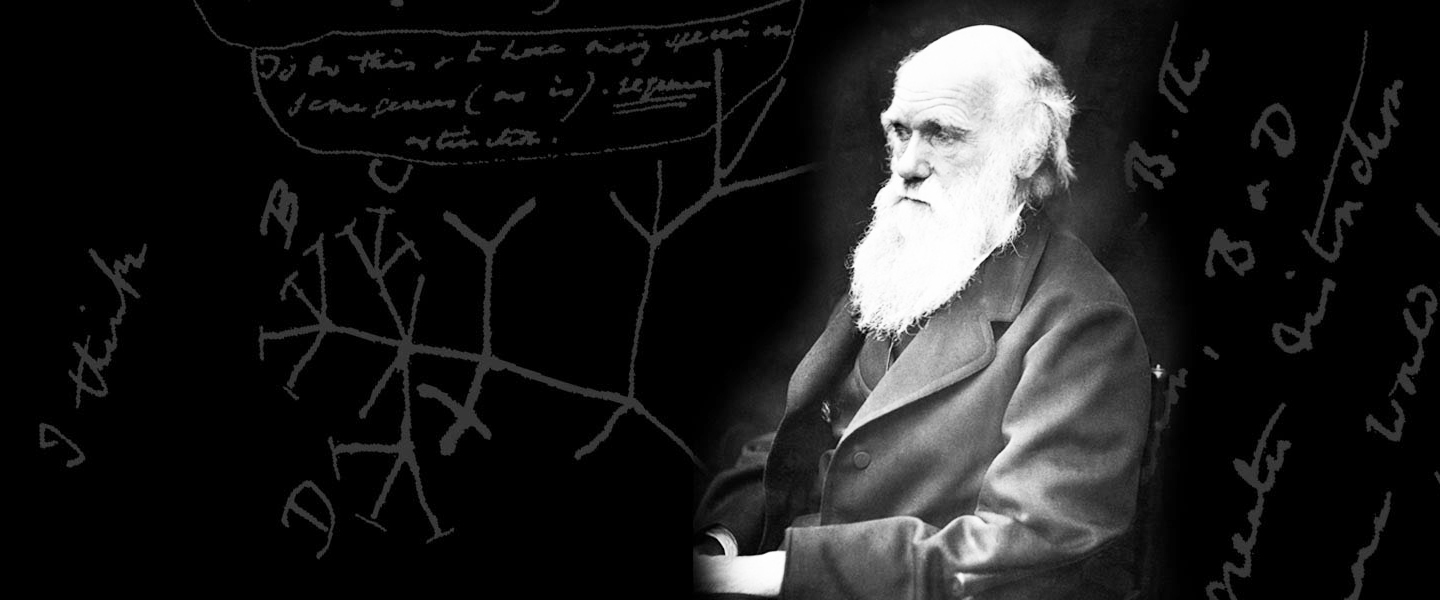9th April 2013.
D Johanson, Institute of Human Origins, Arizona State University.
The 2012/13 Volta lecture will be given by Donald Johanson of the Institute of Human Origins at the Arizona State University. The poster of the lecture can be downloaded here.
Darwin made only one reference to human evolution in his Origin of Species and the search for the when, where and why of the appearance of genus Homo remains one of the least resolved segments of our family tree. The discovery of Lucy (Austrolaphitecus afarensis) has brought us extraordinary insights into the origin of man. The African origin and dispersal of Homo sapiens out of Africa are now universally accepted and the implications of these findings for the study and the understanding of the biology of modern humans are very considerable. Lucy has left us an important and lasting legacy ... we are all Africans.
In his Origin of Species, Charles Darwin made a single reference to the evolution of man and hypothesised that Africa was the cradle of the human race, a prediction confirmed in 1925 with the announcement of the Taung child from South Africa. Thomas Henry Huxley had emphasized the similarities between the skeletons of apes and humans and now we know that humans and apes are genetically very similar and share many behaviors, thus implying a common ancestor. Genetics suggests that the common ancestor of African apes and hominins existed between 5 and 8 million years ago and anthropologists are still looking for this ancestor. Undoubtedly this ancestor was very apelike and more similar to today's apes than today's humans.
Pre-Australopithecus fossils are now known from Africa and and may stretch back as much as 6 million yearso and the best example is Ardipithecus ramidus (4.4 million years ago). Ardi was discovered in the Middle Awash region of Ethiopia in 1992 and described as a new genus and species but one of the problems with it being a hominin is the large, divergent great toe. Ardi is often presented as a biped but this description is probably misleading. I will show a reconstruction of Ardi walking quadrupedally (chimpanzees sometimes walk bipedally on top of branches). Ardipithecus is probably a collateral and extinct branch in the tree of the human family. In contrast, comparison of the fingerprints of ape, Australopithecus afarensis and man show that A afarensis is missing the divergent big toe.
Lucy was found in 1974 at Hadar in Ethiopia and the skeleton dates back to 3.2 million years ago. The proportions of Lucy’s the femur and humerus show that it occupies an intermediate position between a short-legged chimpanzee and a long-legged human being. The comparison between the skulls and pelvis of men, Lucy and chimpanzees shows strong similarities between the human pelvis and the pelvis of Lucy. After the discovery of Lucy, a great debate surrounded A afarensis bipedalism, but the evidence is conclusive that this species was fully bipedal in a terrestrial habitat. The size of Lucy was diminutive but she had relatively long arms. Now we have almost 400 specimens of A afarensis from Hadar and I will show my most recent reconstruction of the hominin family tree, which highlights the critical position of A afarensis. A afarensis is now postulated as an ancestor to later Australopithecus species, a cluster of species that was megadont. Next I will discuss the earliest appearance of our own genus, Homo, associated with stone tools. A comparison with apes and Australopithecus shows how similar the maxilla A.L. 666-1 is to Homo. A afarensis is also thought to be an ancestor to a radiation of several Homo species. When I first began my research in Africa in 1970 this is what was known-8 species. Today we have more than 20 species of hominins that can be divided into three groups. I will show how they can also be divided in two broad categories Pre-Homo and Homo indicating the appearance of derived features such as canine reduction, etc...
As Pliny the Elder wrote Ex Africa Semper Aliquid Novi. The search for the when, where and why of the appearance of our genus is one of the least resolved segments of our family tree. We know much more about the genus Australopithecus than our own genus. Associated with stone tools and butchered bones, Australopithecus appears to stretch back to 2.6 my ago. Brain enlargement then appears as seen in KNM-ER 1470 at 1.8 my ago, perhaps as early as 2.0 my ago. Bodies of modern form were in place by 1.8 my ago here in KNM-WT 15000 from the west side of Lake Turkana in northern Kenya. First Out of Africa picked up in Dmanisi, George with crania similar to those found at Lake Turkana and associated with Oldown type stone tools. The most ancient Homo sapiens is from southern Ethiopia at Kibish and a little later at 150,000 years ago at the site of Idaltu in the Middle Awash River Valley. Research at the southern tip of Africa on the coast of South Africa at Blombos and Pinnacle Peak has found interesting archaeological evidence for the use of ocher and the production of bone tools that do not appear in Europe until the Upper Paleolithic some 40-50,000 years ago
A major Institute of Human Origins research project at Pinnacle Peak under the direction of Curtis Marean is leading to new insights into possible causes for the appearance of Homo sapiens. Progenitor populations may have lived in Africa in refugia to survive the very cold Marine Isotope Stage 6. S. Africa would have been a good place. Here there was abundant shell food and carbohydrates. A pyrotechnological break through, heat-treating of stone to produce artifacts at 160,000 predates that seen in Europe at 40-50,000 BP. Use of ochre for body decoration was a very human behaviour as well as the production of shell necklaces. Genetic studies have documented the highest frequency of progenitor genes in modern populations in South Africa like the Bushman. Dispersal of H sapiens out of Africa is now universally accepted.
The search for the when, where and why of the appearance of genus Homo is one of the least resolved segments of our family tree. The discovery of Lucy (Austrolaphitecus afarensis) has brought us extraordinary insights into the origin of man. The African origin and dispersal of Homo sapiens out of Africa are now universally accepted. Lucy has left us an important legacy…we are all Africans.












